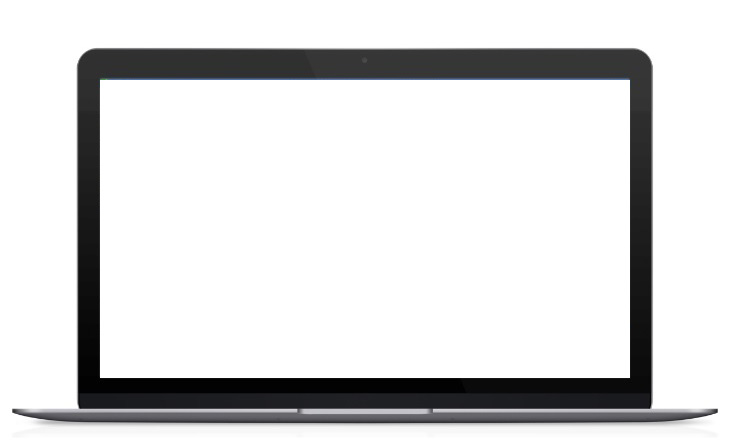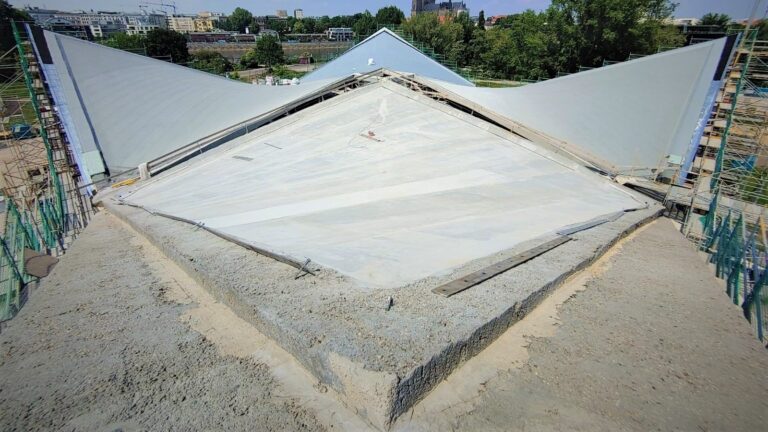
Thinwalled Cross Section
Q3
The Q3 program is used to model and determine cross-sectional properties of any kind of composite thin-walled sections in steel construction. In addition, the stresses applying under load (axial, shear and equivalent stresses) can be calculated on the equivalent system of the cross-section.
Discover now more programs from the section Steel!
SHOW MOREStructural system
Data entry/cross-section modelling:
The user can enter data either via the graphical user interface and/or via tables. DXF files can be used as auxiliary slides for graphical cross-section modelling.
Sheeting and standard cross-sections from the FRILO cross-section database can be selected and positioned, rotated or mirrored via reference points.
User-defined single- and double-symmetrical double-T sections, rectangular and circular hollow sections, flat and round steel sections, U-sections, angles with equal and unequal legs as well as thin-walled open sections (e.g. Z-sections) can be entered by specifying their dimensions.
Loads
To determine the stresses occurring under load the following internal forces can be entered:
- Axial force (N)
- Bending moments about the y-axis and the z-axis (My and Mz)
- Shear forces in the y-direction and in the z-direction (Vy and Vz)
- Primary torsional moments (Mtp – St. Venant) and secondary torsional moments (Mts – warping torsion)
- Bi-moments (B – warping moment)
Cross-sectional properties for the general system (profile system)
Cross-sectional area, position of the centre of gravity, second moments of area, angle of the main axes, second moments of area referenced to the main axes, resistance moments, radii of inertia, core area, dimensions of the enveloping rectangle
Enhanced cross-sectional properties for the equivalent member system
Position of the shear centre, shear areas for shear deformation, shear areas for stress determination, torsional moment of inertia, torsional moment of resistance, warping resistance moment, Kindem’s cross-section ranges, first moments of area.
Stresses in the general structural system
Axial bending stress due to axial force, My and Mz in the corner points of each section.
Stresses on the equivalent member system
- Axial bending stress caused by axial force, My and Mz
- Axial stress caused by warping torsion
- Resulting axial stress
- Shear stress due to shear force
- Shear stress due to St. Venant’s torsion on the closed cross-section
- Shear stress due to St. Venant’s torsion on the open cross-section
- Shear stress due to warping torsion
- Resulting shear stress
- Comparison stresses
Normalised warping on the equivalent member system
- Normalised warping referenced to the shear centre or the centre of gravity
Document file formats
- Word
- Printer
Output
Output profile:
- User-defined output scope (tables and graphs)
Output and results graphs
- Profile system: system, cross-sectional properties, core areas, loading, stresses
- Equivalent system: system, normalised warping, axial stresses, shear stresses and equivalent stresses
Transfer options
Cross-sections generated with the Q3 program can be accessed via the cross-section dialogs of the
- Framework RSX and
- Lateral Torsional Buckling Analysis BTII+
programs and processed there.
Import options
- DXF-file
Export options
- ASCII-file
- DXF-file
Warning: foreach() argument must be of type array|object, null given in /var/www/staging.frilo.eu/user/htdocs/wp-content/themes/blank/single-produkte.php on line 449
News

“With the FRILO Suite, we benefit from the use of all programs”
With the switch to the FRILO Suite, the engineering office concon has decided to rely on the FRILO subscription model. The reasons of the long-standing customer are manifold.

FRILO & CARBOrefit® | The calculation with carbon concrete pays off
With CARBOrefit® an process that enables renovation and reinforcement with carbon concrete has been integrated into the FRILO Software.






